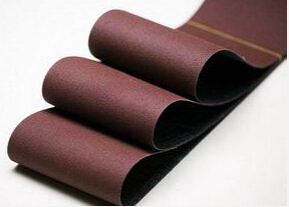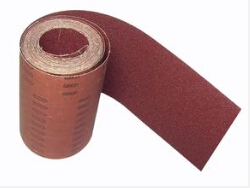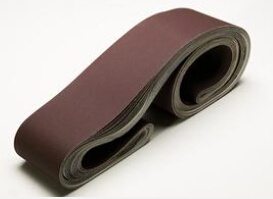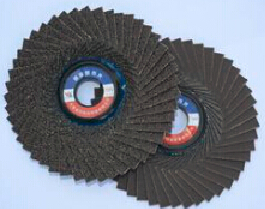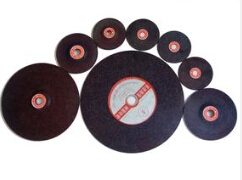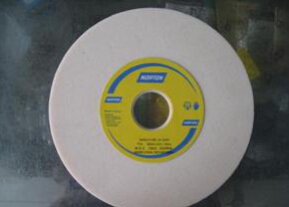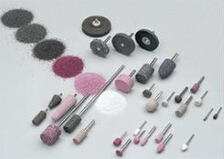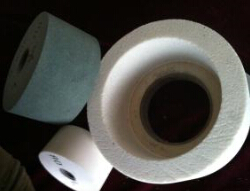Tabular Alumina General Introduction
Zhongsen Editor 2018-05-22For 40 years, tabular alumina(also called tabular corundum) has been widely used in high-performance refractory materials for steel, foundry, petrochemical, and ceramics. Tabular alumina is the leading synthetic high-purity alumina aggregate because of its high refractoriness, excellent thermal shock resistance, creep resistance and wear resistance. Thereby becoming the leading synthetic high-purity alumina aggregate. Although the overall consumption of refractories has dropped sharply, especially in the steel manufacturing industry, the use of tabular alumina has not only grown relatively but has grown in absolute terms. The steady increase in the proportion of monolithic refractories introduced into continuous casting and the fierce trend of high-quality steel are the driving forces behind the development of tabular alumina-based refractories. The purpose of this paper is to describe the typical properties of tabular corundum, how it compares with other synthetic high-alumina aggregates and its typical application. The latest developments in the use of tabular corundum with spinel and calcium-free binders will also be introduced.
Performance/Characters
Tabular corundum is a dense, fully-reduced, sintered α-Al2O3 composed of 50-400 μm grains that make up the aggregate structure. Tabular corundum is named after its plate shape. Tabular corundum was prepared by rapidly calcining ultrafine α-Al2O3 balls at a temperature slightly below the melting temperature. After heat treatment, the 18-20 mm pellets are crushed or ground to obtain tabular corundum of various sizes.
The low content of silicon oxide, iron oxide and titanium oxide in corundum is very important for excellent high temperature performance. Typical values for ultra-low ironates of less than 0.002% are very important for phosphate-bonded refractories. Compared with sintered tabular corundum and other synthetic high-alumina aggregates, such as fused white corundum, the greatest difference was found to have a smaller size of impurity content. This can cause huge performance differences, especially high temperature performance. The introduction of higher impurity content in finer sizes can greatly reduce the high temperature volume stability and creep resistance. Comparing the porosity of fused white corundum and tabular corundum, we can see a huge difference. Although the total porosity of the two aggregates is the same, there are significant differences in the grain pores.
The open porosity of the fused grains is 2-3 times that of the sintered grains. Most of the pores of the fused alumina consist of large open pores, and more than half of the pores of tabular corundum are closed pores. A high proportion of closed pores is necessary for high thermal shock resistance, which is typical of tabular corundum.
Tabular corundum exhibits high thermal shock resistance and high strength. Scanning electron microscopy photographs shows that the surface of the plate-like corundum grains is not as smooth as the surface of the fused corundum grains, and it is relatively rough and shallow with semi-spherical pores. This surface structure promotes its reaction with the matrix and mechanical interlocking to increase the strength of the refractory material.
The main properties of the tabular industry are as follows:
1.High purity Al2O3 concentration 99.4%;
2.Extremely high crystal hardness;
3.Low open porosity and 2-3 times higher closed porosity;
4.High particle bulk density 3.55-3.6g/cm3
5, High melting point: 2000 °C
6, Chemically inert
7, Good thermal shock resistance
8, Excellent volume stability
9, The presence of microcracks
10, High single crystal strength.
Main Application of Tabular Alumina
The properties of tabular corundum have many applications in the field of refractory materials. In the main application area of tabular corundum, tabular corundum is suitable for ceramic, chemical and water bonding substrates. Tabular corundum can be used alone and in combination with a system and can also be used with calcined and/or activated alumina. Because tabular corundum exhibits extremely high purity even with fines, it can be used to improve the performance of lower alumina aggregates. For example, bauxite and fused corundum use coarse grains of these aggregates and tabular alumina's medium grains and fines. As mentioned earlier, the increase in the consumption of tabular corundum mainly comes from the continuous casting of steel. The use of platy corundum, particularly for skateboards, dip pipes and nozzles, is an industry standard requirement.
The New Development of Tabular Alumina / Spinel
Japan has found that adding 20-30% of alumina-rich spinel to cement-bonded corundum refractories can significantly increase slag-corrosion resistance. The concept of aluminium-rich spinel is very common in the world has led to more new applications for tabular alumina. In particular, the amorphous lining of the ladle promotes the use of plate-shaped corundum in the future. The spinel can increase the thermal bending strength of the cement-bonded cementate corundum castables to 22 N/mm2 under 1500°C . It is important to note that even use 15% cement does not reduce high temperature performance. Considering that the high-temperature flexural strength of castables with lower cement contents can be reduced by one order of magnitude, it cannot be seen that these findings will have a great impact on future refractory technology. It may be possible to use some castables, which have a high cement content and a higher thermal performance than the ultra-low cement castables, without the drawbacks of the known repeatability of ULCC. Interestingly, adding 2% of the silicon micro powder to the spinel tabular corundum castable can reduce the hot flexural strength to less than 1 N/mm2 at 1500°C.
Tabular Alumina
Because cement-bound alumina systems have some limitations in silica-rich slag environments, so Alphabond systems of pure alumina-based binders have been developed. The main chemical composition is alumina containing CaO; 0.1%, SiO2; 0.2%. Na2O; 0.5% and water less than 9%. It can be treated like ordinary calcium aluminate cement. This system can be used alone or together with silicon micro powder.
The new water bonding system enables the refractory industry to use alumina castables where cement bonding systems do not exhibit optimum performance. It once again proves that tabular alumina can be flexibly applied in many different fields

